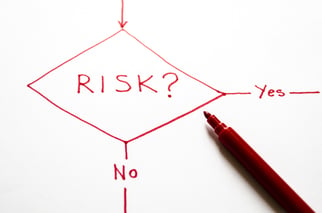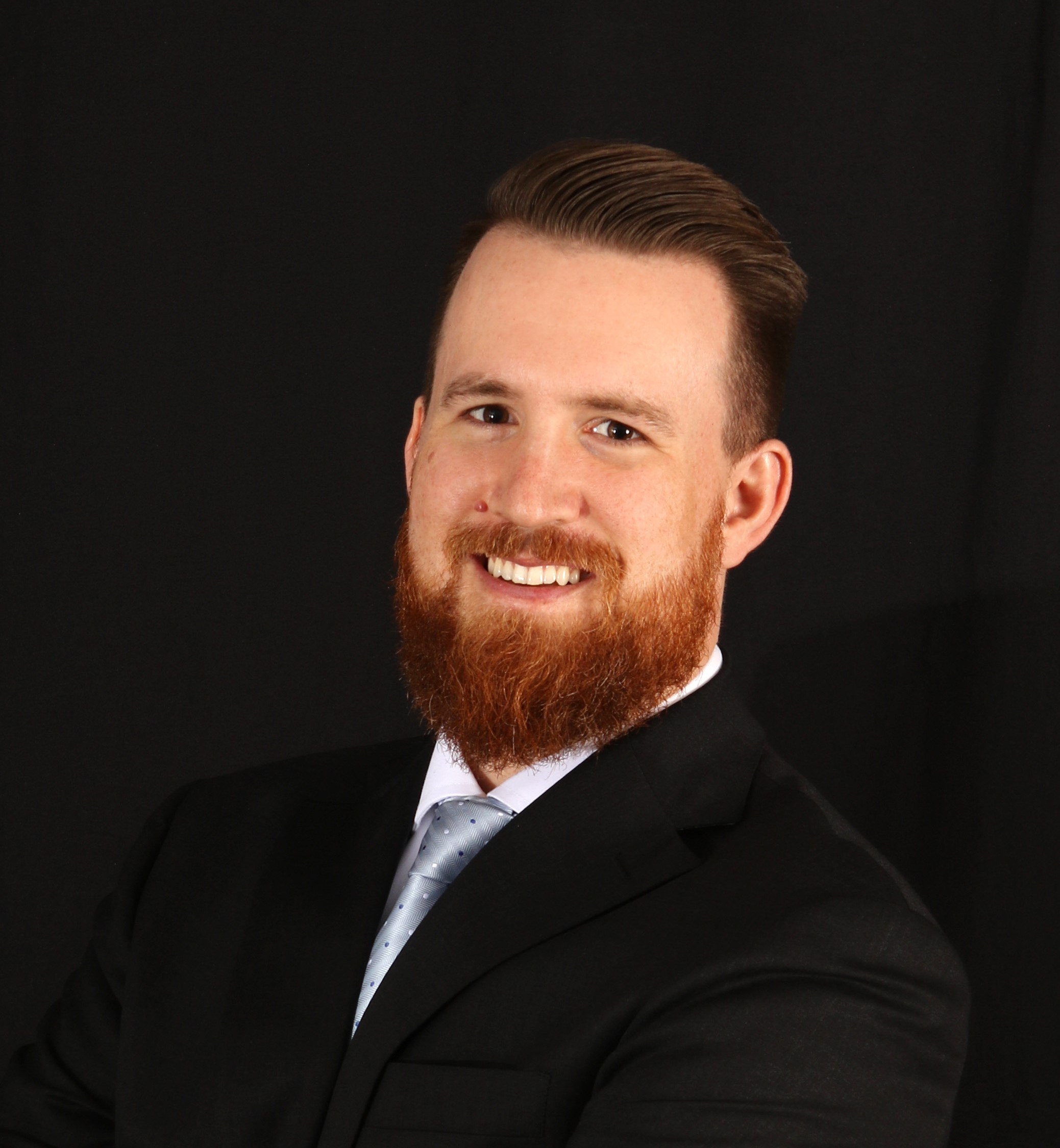Hidden Risks, Let's Talk About It

There are things that happen in life that we all know about, but rather avoid experiencing personally. Like the host at a restaurant saying it will be a 2 hour wait or your contractor muttering “uh oh” as they work on that renovation in your basement. Generally, those two little words, “uh oh,” are a sign of something lurking behind the scenes that's about to become a big problem.
"Uh oh-type events" can also occur in our financial lives, so it’s important that we inspect those hard-to-reach areas of our finances every once in a while. By doing so, we can avoid having a hidden risk turn into a full-blown disaster.
We often hear about risk in portfolios, but we need to remember that sometimes risk is a good thing.
“Risk” by nature is not good or bad, but it does need to be harnessed in order to work for us. The more risk we are willing to take on, the higher we should expect our returns to be. Someone with a long time-horizon may be able to accept more risk in exchange for a higher rate of return over time. Someone entering or in the midst of retirement, on the other hand, might not have that same appetite for risk.
Despite this, it is all too common that the advisors at Creekmur Wealth meet with a new client that does not have a firm grasp on the level of risk in their portfolio. A client may have heard that “growth” investing is the way to go, so we might see the Fidelity Growth Company Fund as one holding and the American Funds Tax-Advantaged Growth and Income Fund as another. They both have “growth” in the name, and one is even tax-advantaged—double score! But in reality, these funds are working toward completely different risk objectives with the Fidelity fund scoring a 73 out of 100 in risk and the American Funds scoring a 39 out of 100 in risk.
This is why it is so important to make sure you have an in-depth understanding of the objective of each of your investments, or talk to a trusted advisor to ensure that each of your investments is chosen to accomplish a specific purpose.
Beyond your investment portfolio, risk can lurk in other areas of our lives. Insurance can be one tool to effectively cover a number of financial risks facing many of us.
As an income earner you are responsible for supporting yourself and your family. If something were to prevent you from performing your work each day there could be devastating consequences for those that rely on the income you earn. Insurance policies like health insurance, disability insurance, and life insurance can cover an income earner in the event that a tragedy strikes.
Disability insurance is one area that can sometimes be lacking from an insurance portfolio, but can be a lifesaver if a primary earner cannot work for a period of time. When considering how much disability insurance you should have it is important to consider what your true, ongoing costs are in your household.
Try creating a hypothetical monthly spending plan to outline what expenses would be mandatory, what would be nice to have, and what could you go without. This will help you zero in on how much coverage is right for you. If you don’t have enough coverage and choose to not address this area you are taking on a great deal of risk that could be easily addressed in an affordable manner.
Regards,
Andy
Andy Anderson, CFP®
Do you have other questions about retirement?
Text our team for answers at 309-925-2043!



